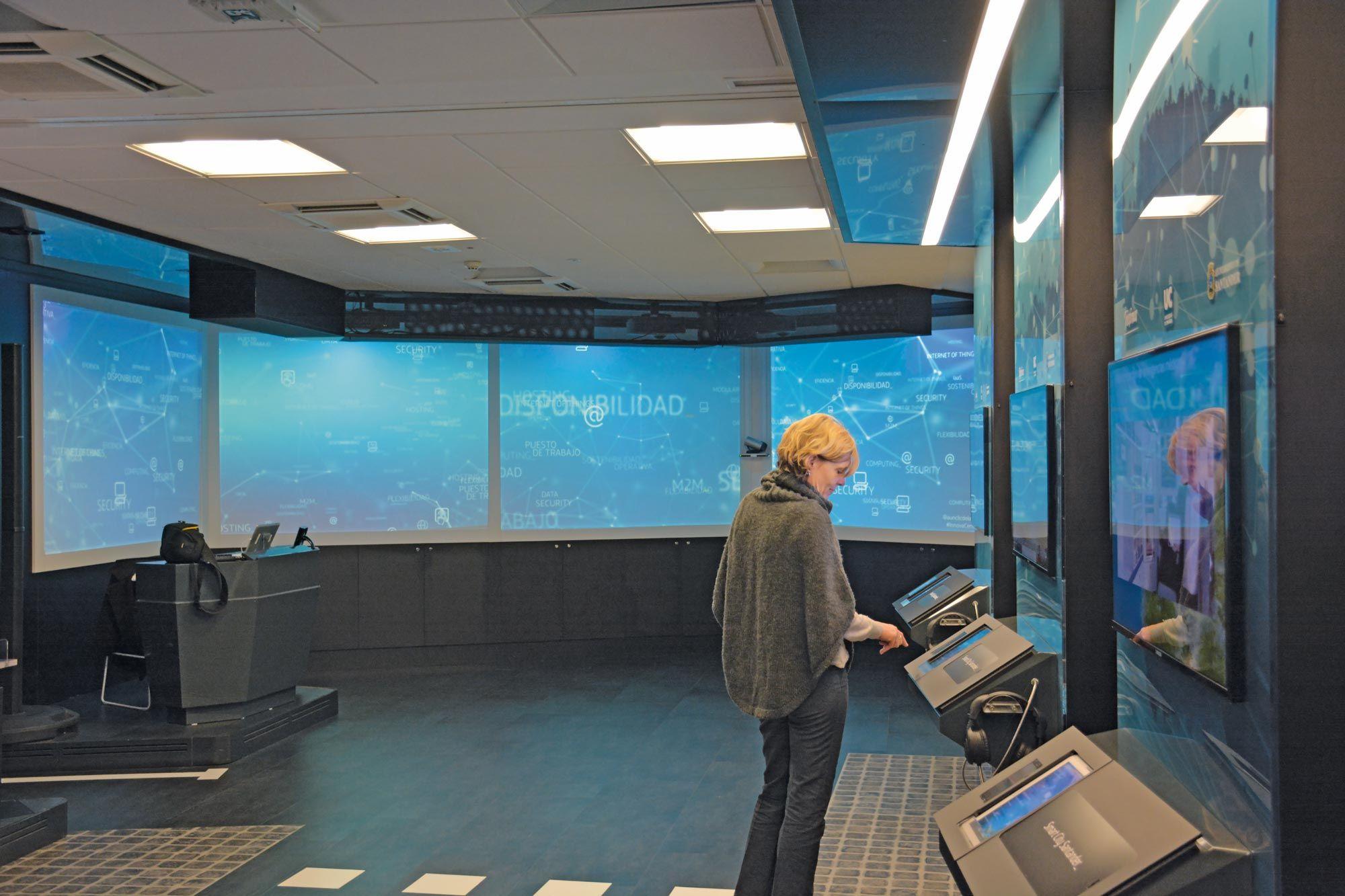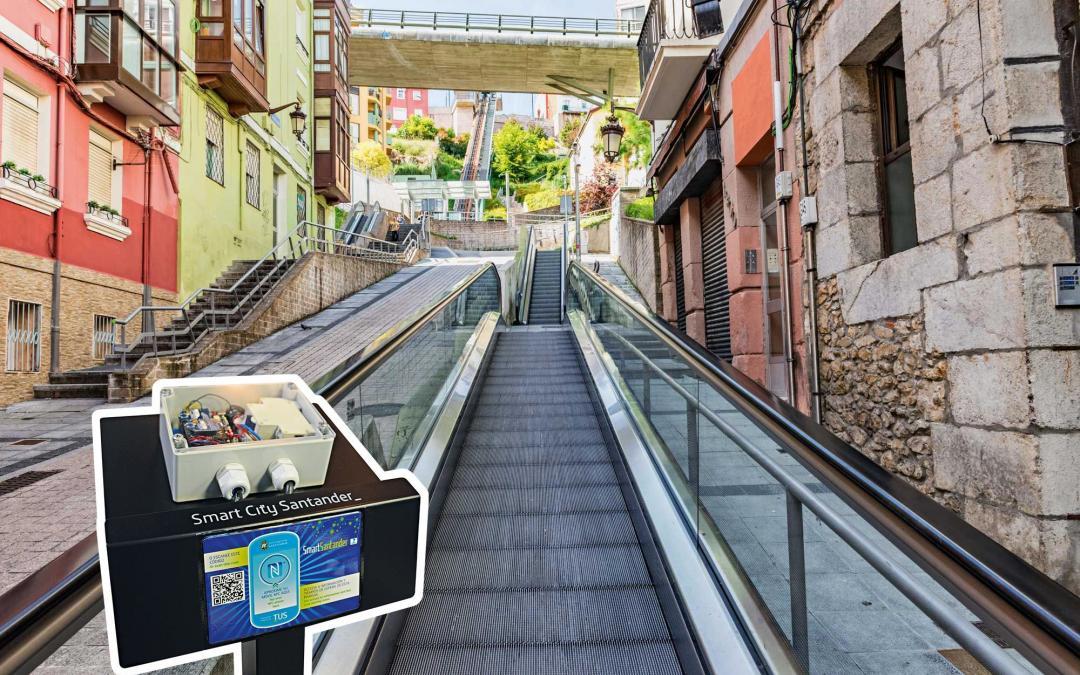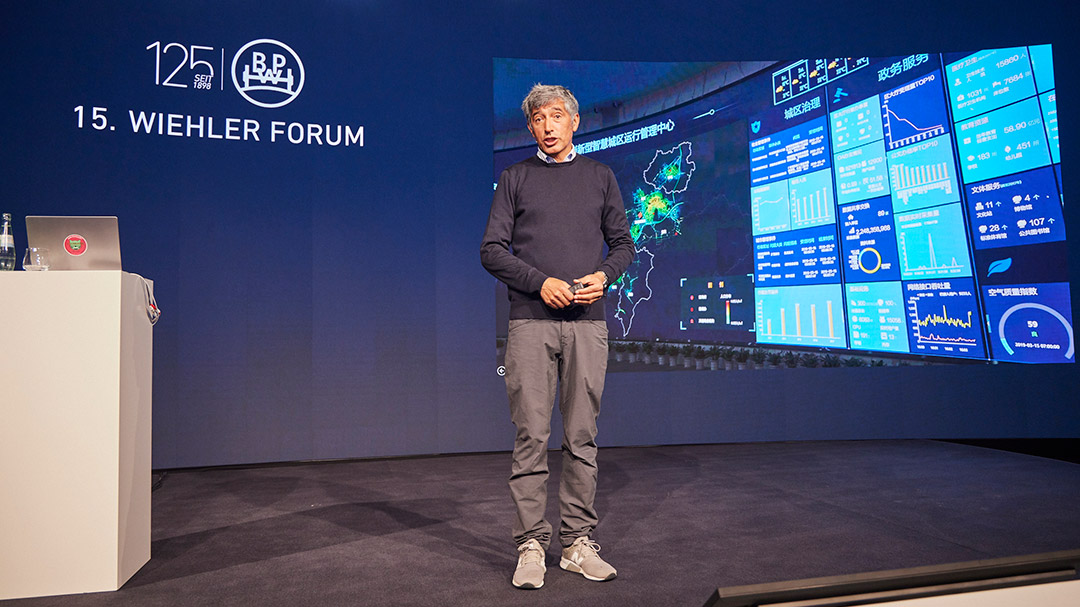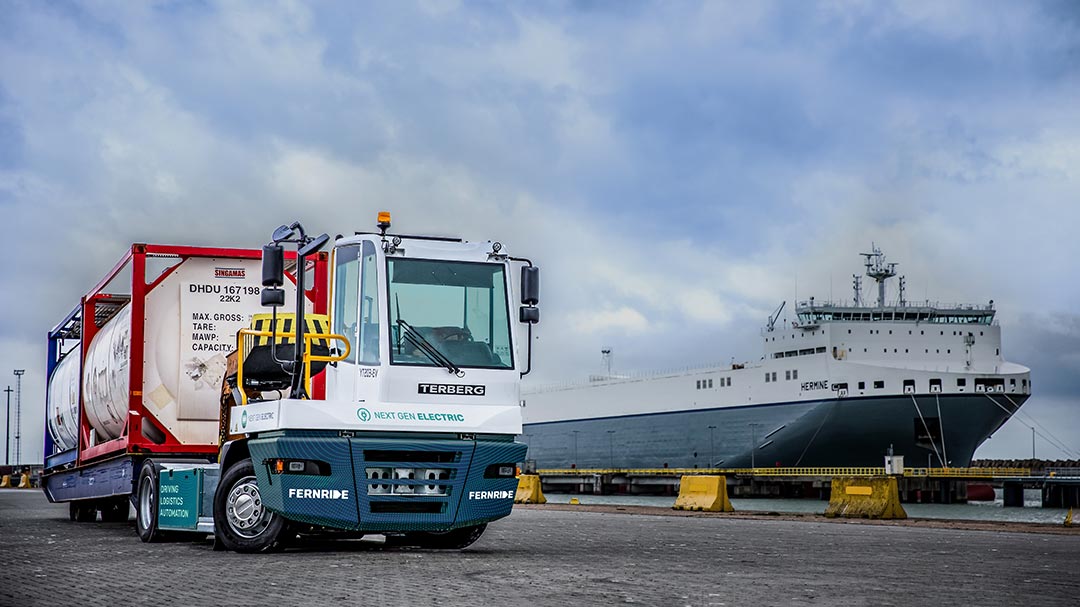Text: Juliane Gringer und Stefanie Claudia Müller
Photos: Alvaro Rodriguez, Bitkom, Fotolia – Takashi Images
Modern technologies should help to simplify urban living. Technical progress can optimise processes, cut costs and facilitate mobility. Pioneering cities such as Santander in Spain are already implementing a number of ideas.
Safeguarding quality of life
„Santander Smart City“ is an initiative of the Spanish government. It has been running since 2009, but for a long time was more theory than reality. Thanks to intensive cooperation with companies such as Telefónica and locally headquartered Banco Santander, as well as the city’s university, it has finally picked up speed. This is how Gemma Igual Ortiz, the young mayor of Santander, describes the initiative: “This project is helping our city to reinvent itself with a view to safeguarding its residents’ quality of life.” First and foremost this means jobs, as eight years of financial crisis have clearly taken their toll: 14 percent of the population are still unemployed. This is about to change. And costs will be cut, too. “In many areas, such as rubbish collection and lighting, we have already managed to reduce expenditure by 25 percent because we have better control of everything thanks to the sensors and a central management system,” explains Igual Ortiz proudly. The money can be invested in other projects, including an arts centre.
Technology also helps to manage irrigation in the gardens and parks of Santander, as aridity can now be measured precisely. Digital signs indicate free parking spaces, and the city app knows whether a bus is delayed. “If we identify a high level of air pollution or adverse weather, we can warn residents in good time via the app and the digital warning signs in the city. Traffic is diverted appropriately”, says Luis Muñoz, an IT professor at the University of Cantabria. Urban traffic data should soon be incorporated into motorists’ navigation systems in Santander, so that they can better avoid accidents and traffic jams.
A holistic approach to future issues
“The concept of smart cities has been a central theme in urban development for a few years now,” explains Jan Strehmann, a spokesman on smart cities and regions for the German digital industry association Bitkom e. V. “Many cities are working on it, also in Germany. Their focus is no longer on digitising administration only, but all associated services as well.” From e-governance to the intelligent control of building technology or traffic flows – people have become much more aware of the importance of collaborations. “For example, there can be no e-mobility if the energy network is not designed for it,” he continues. Accordingly, an increasing number of urban energy companies, utilities and transport providers are being included. “This interdisciplinary work is a challenge that requires viable structures and good project development,” says Strehmann.
Germany’s digital pioneers
But medium-sized towns, too, are keen not to be left behind. In 2017, Bitkom joined forces with the German Association of Towns and Municipalities to hold a Digital City competition for municipalities with 100,000 to 150,000 residents. Darmstadt came out on top with the best overall concept, while Heidelberg, Kaiserslautern, Paderborn and Wolfsburg also achieved a lot of points. Above all, the jury assessed whether the cities already met the requirements to implement smart city projects in the next two years – because this is happening now in the winning city. “Applicants had to show that they can contribute the appropriate personnel, expertise and motivated local partners, and that they also have the political will to undergo such a comprehensive process of change,” explains Jan Strehmann. A broad alliance of over 20 partner companies is now supporting Darmstadt’s digital expansion free of charge, providing products and services valued at more than ten million euros. Soon Darmstadt will probably boast such things as smart street lamps – as in Santander.
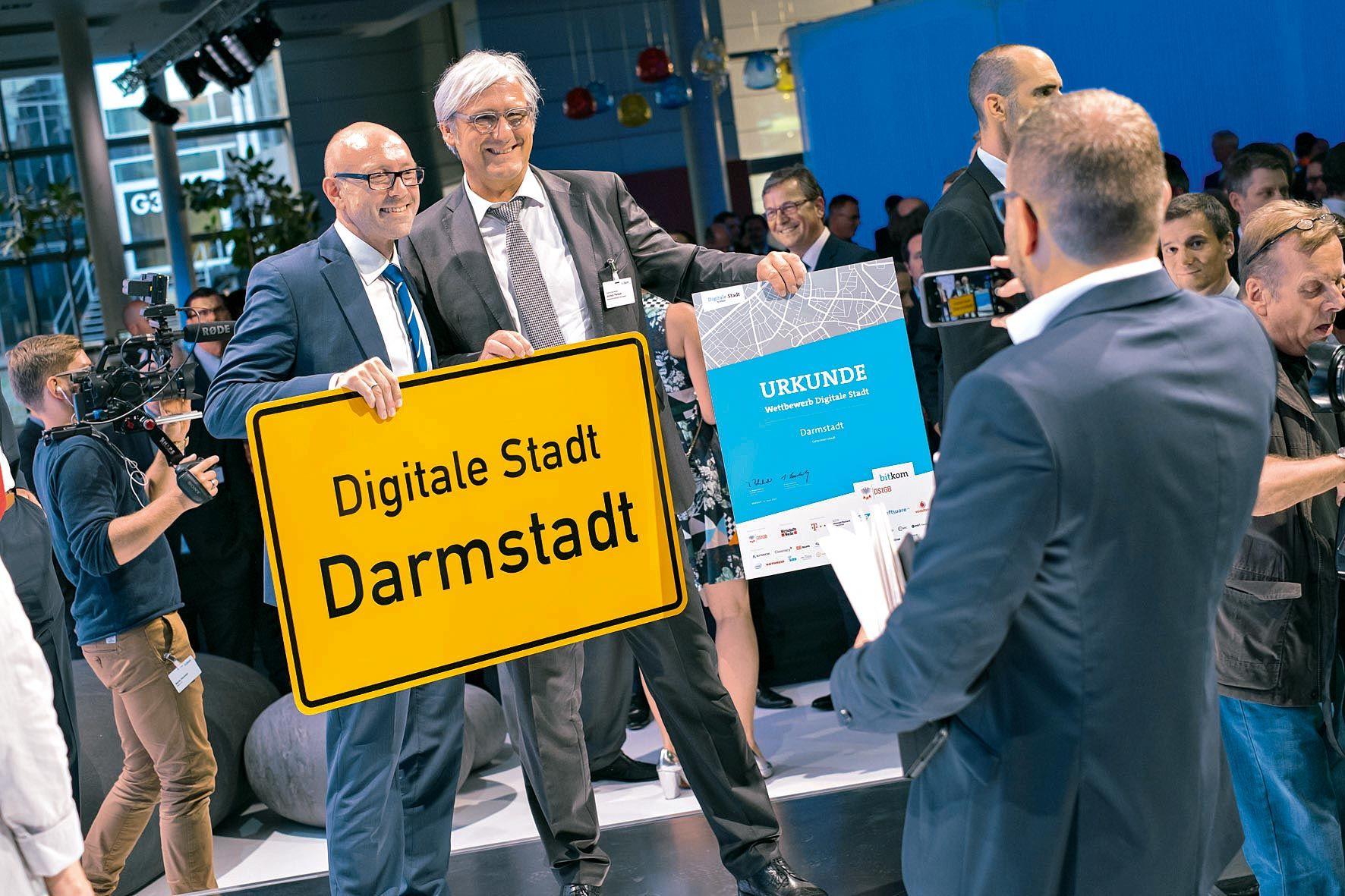
Need for new business models
Liedtke explains the example of loading bay management, “In future, if all vehicles delivering goods are interconnected with customers, then consignors will know when the recipient is available and whether they can use a loading bay in the area.” A big advantage would be that delivery vehicles would always find a parking space and not block traffic. “This would necessitate some coordination, and a reservation system would need to be set up. We would have to see whether the loading bays are to be reserved by the city or by a traffic management centre – or whether the scheme is to be coordinated privately.” Because, to some extent, information technologies also need new institutions to organise them, according to the expert; it might even be necessary to reallocate the roles of public authorities and private companies: “Regarding freight transport in particular, many details remain unclear.”
As for delivery traffic, Liedtke is confident that “companies using modern technologies, such as alternative drives and digital fleet management, will come out on top”. He believes that it is precisely the cooperation between hauliers and their fleet management on the one hand, and urban traffic management on the other, that can bring about win-win situations: “Both parties have similar interests and don’t want any trucks sitting in traffic jams.” Or paying road tolls. “In London, the Congestion Charge only applies on weekdays between 7 and 6 pm. If you drive outside of these hours, you save money,” says Eileen Mandir, who is a management coach and specialist in digital mobility. “Traffic can also be influenced by such pricing policies.” Mandir can imagine digital cities without any physical traffic lights, in which vehicles will recognise traffic signals via augmented reality or a digital map. “These light signals will be controlled more flexibly.”
Call for intelligent data management
As far as Gernot Liedtke is concerned, the concept of a smart city is not new. “The development towards a digital city has been going on for a number of years now and, for the most part, even the technology has been available for a while,” says Liedtke. There were breakthroughs whenever players took up the reins and drove innovation forward. To illustrate this point, Liedtke references the Baltic states, in which it is already possible to register vehicles paper-free within the scope of e-governance. Moreover, he sees Industry 4.0 as being a major driver of smart cities – and the software developer SAP as a dominant driver of Industry 4.0 itself. “There is already a trend towards making production more individual, and I think this trend will become even stronger and be facilitated by technical means such as 3D printing.”
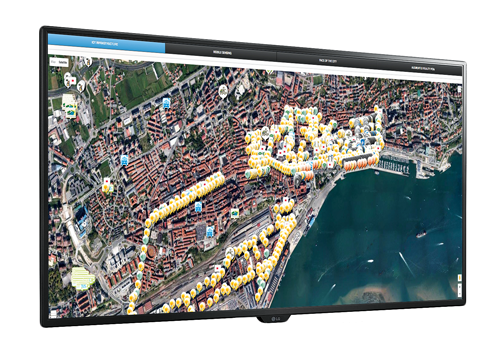

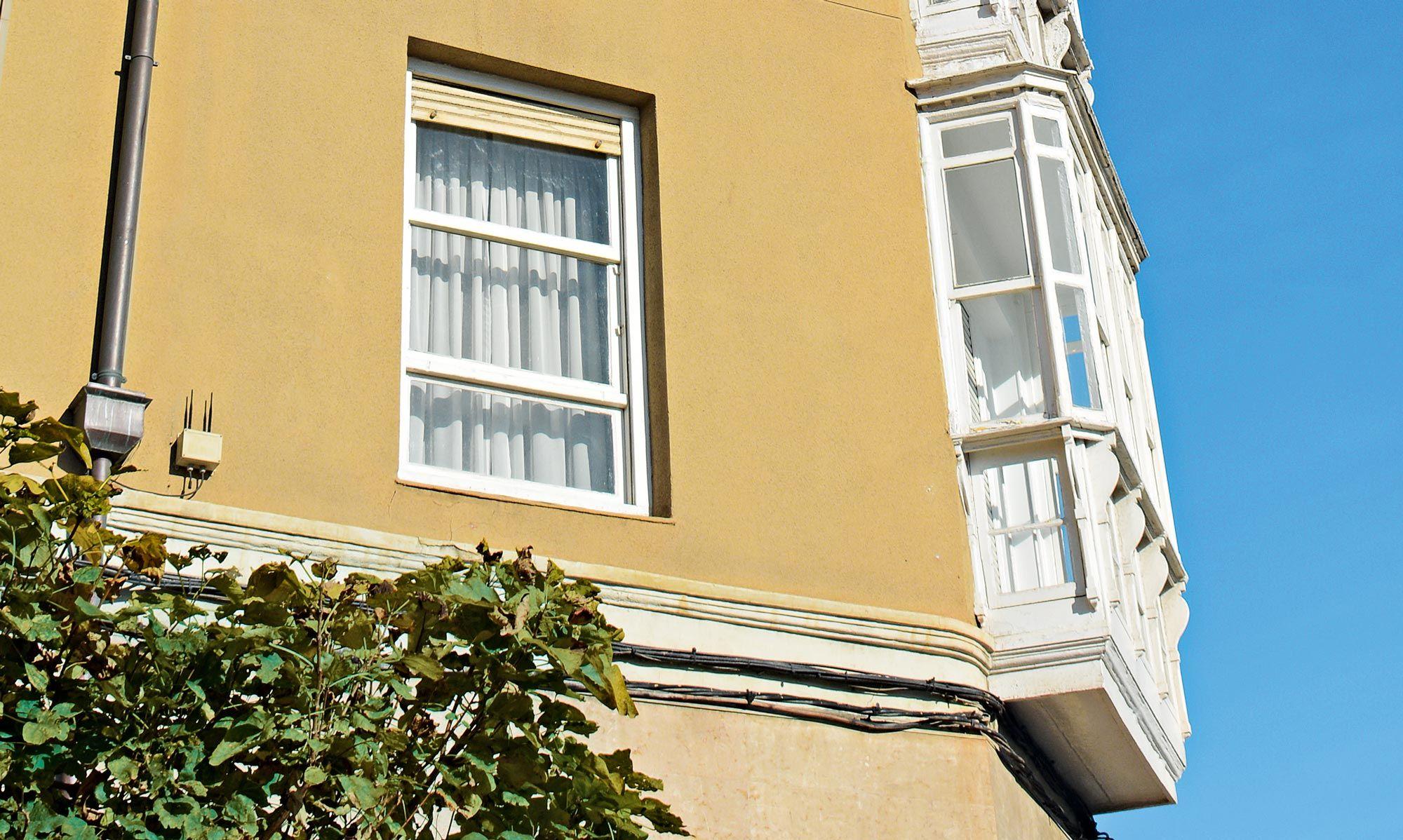
The first energy self-sufficient municipality
The electricity is mainly generated by a wind farm nearby, while heat is produced by the local biogas plant as well as a wood chip heating plant. A peaking power plant with a battery system keeps the network frequency stable and provides an interim storage facility for surplus energy. The people of Feldheim will soon be able to see for themselves how much they are using. An app not only documents their heat and electricity consumption, but also enables them to see from which source the current consumption of electricity is coming from and at what price.
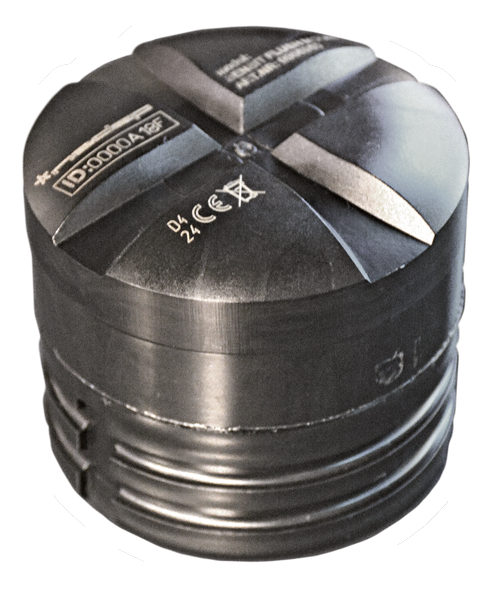
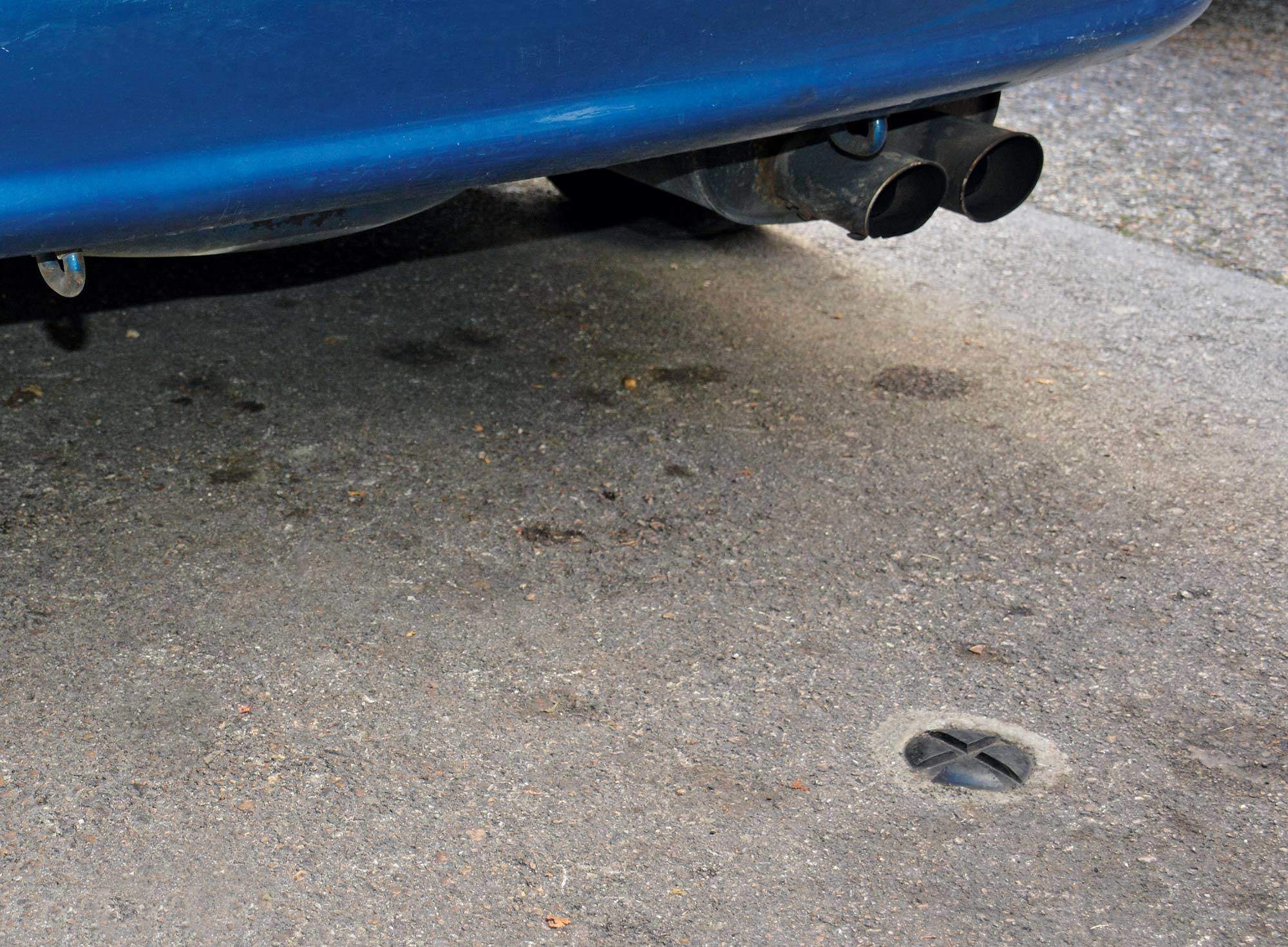
Including people
Jan Strehmann of Bitkom is also convinced that a smart city cannot be implemented “if we only focus on technology, without including people.” He considers digital participation to be crucially important, as he explains, “If the city council meeting is streamed live, you may get several thousand residents watching, rather than the usual 50 or so in the public gallery. It would allow local politics to reach many more people.”
